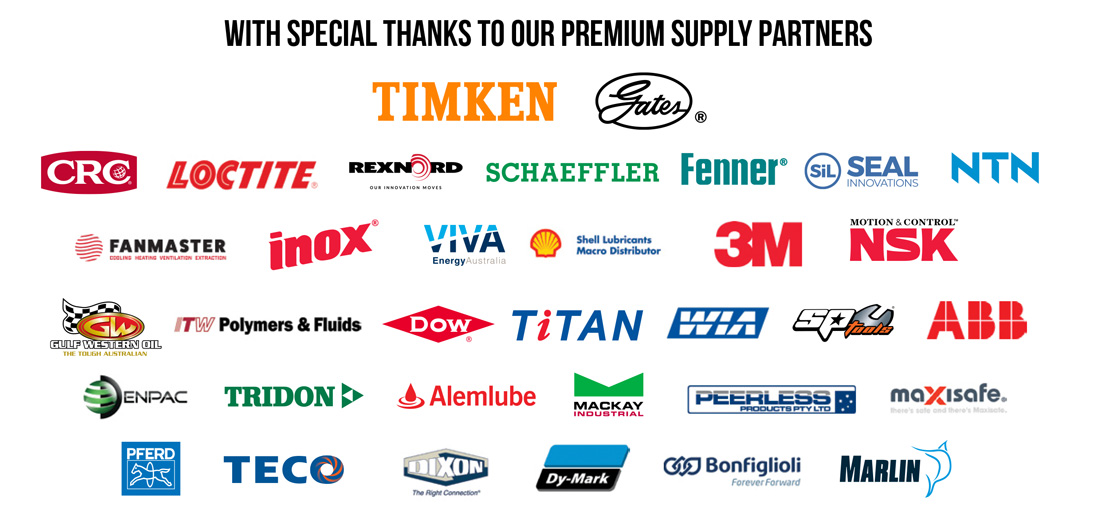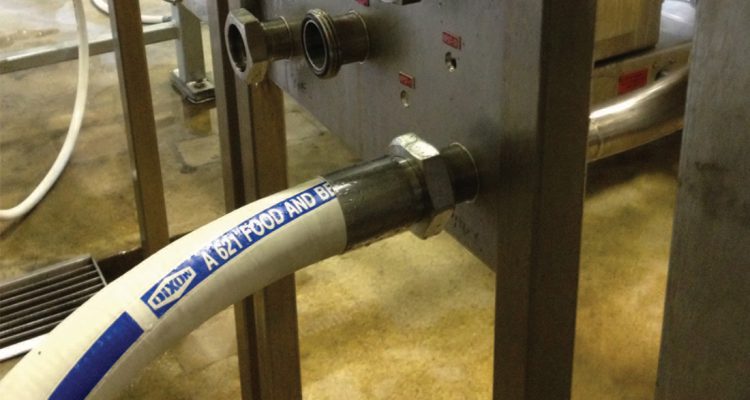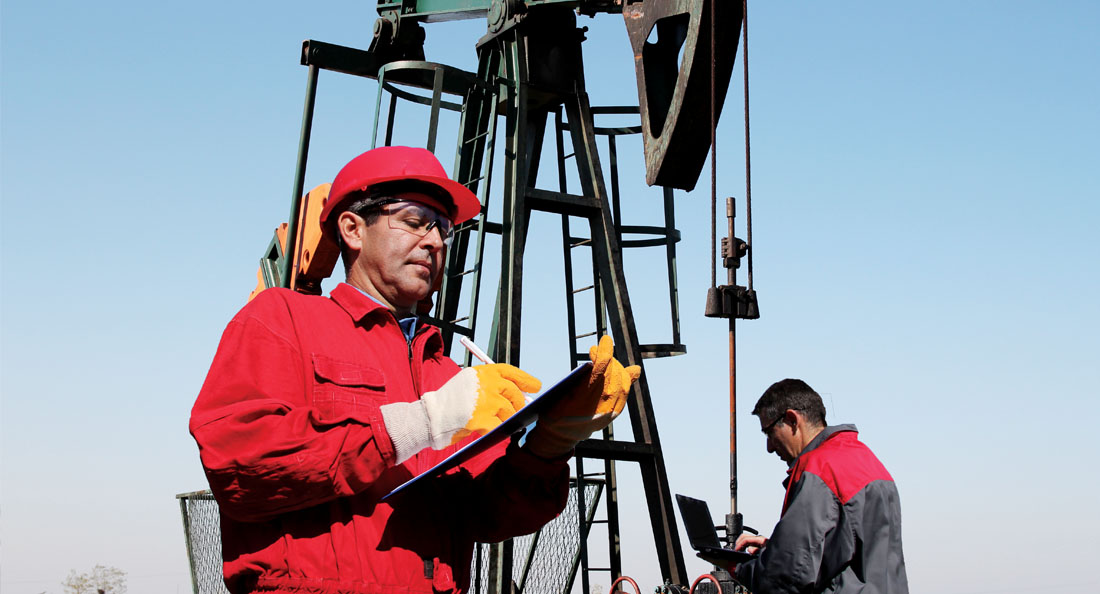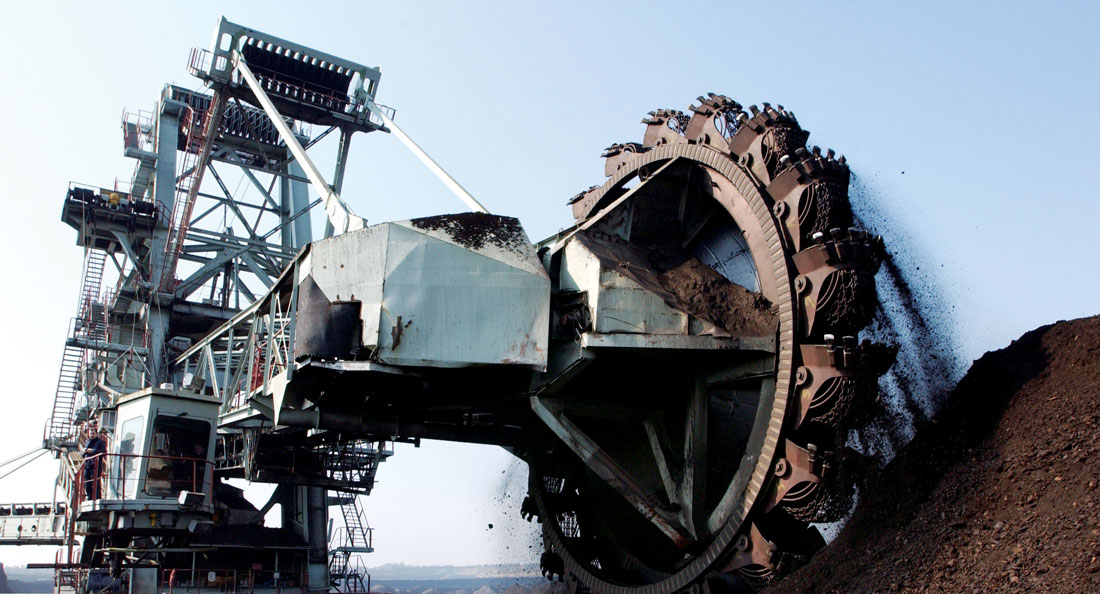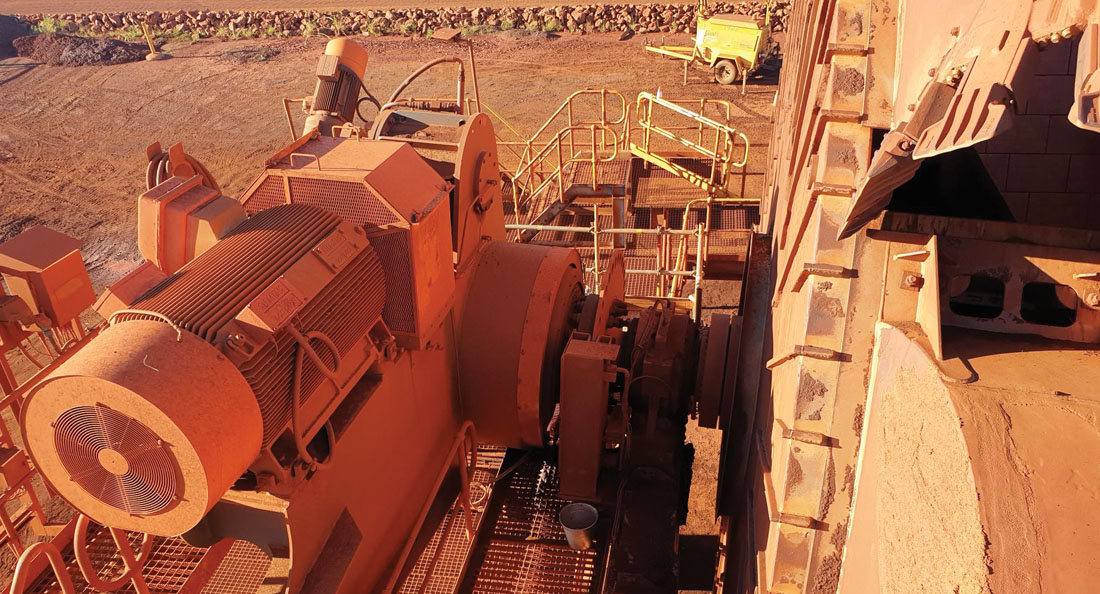The dangers associated with neglected hose assemblies can be devastating. Unfortunately, they can too often be overlooked.
CBC Food and Beverage Business Development Specialist Matthew Byrnes is a strong advocate for preemptive site inspections when it comes to ensuring safety. As an industry specialist who regularly visits customers in the food, beverage and pharmaceutical manufacturing industries, he is familiar first-hand with the dangers neglected hose assemblies can pose.
During a recent site inspection to one of his clients, a large pharmaceutical manufacturer, Matthew was accompanied by Raymond Collyer, Fluid Power Specialist and NSW Territory Manager for Dixon Australia. The two were conducting a tour of the site when they noticed that the hoses on a steriliser tank were not secured correctly.
“After enquiring with the site managers, we identified that the steriliser tank actually carried a liquid subject to 100-degree temperature. Because this tank was also placed on a raised platform two metres above ground, the workers passing underneath the tank were at the risk of injury if the hose assembly failed or dislodged due to poor fitting.”
The solution that followed included Matthew and Raymond recommending an entirely new Dixon hose assembly comprising of Dixon’s special food suction and discharge hose and Dixon crimped cam locks to secure the assembly.
Matthew says the solution delivered to the CBC customer is a good example of how timely maintenance can prevent bigger dangers with hose assemblies.
“Each industry has a different level of safety risk and while applications in the food industry are often not as hazardous as industries dealing with chemicals and flammable liquid, badly designed or poorly maintained hose assemblies are always a risk-prone area due to the high-pressure and high-temperature nature of these assemblies.”
Steve Glatz, Sales and Marketing Manager at Dixon Australia, says premature failures of hose assemblies can arise from a host of different reasons.
“Improper application is the most common cause of failure. The maximum operating pressure of the hose, the recommended temperature and the fluid compatibility of the
hose are all factors that should
be considered.”
According to Steve, a simple process acronymed STAMPED is what Dixon technicians adopt to understand the application for which their customer will be using the hose for.
“STAMPED stands for size, temperature, application, media, pressure, ends and delivery. By asking the customers to fill out the STAMPED form, we can collect information such as the diameter at both ends of hose, the temperature range of the media, whether it is a pressurised or vacuumed application, etc. and then we can recommend the right assembly accordingly.”
Proper assembly and installation also play an important part in maximising safety. As a company that assembles tens of thousands of hose assemblies each year, Steve says Dixon Australia is well abreast with the safety requirements in every industry.
“At Dixon, we design and manufacture all our hoses and coupling systems, which means we do not use other manufacturers’ fittings or ferrules with Dixon products as they could cause issues with dimensions
and tolerances.
“Moreover, every assembly that
we build is tested to comply with the required Australian as well as global safety standards. The test certificate that we provide to customers offers them reassurance that they will not have any issues when working
with dangerous chemicals or flammable liquid.”
Steve also recommends consulting CBC and Dixon’s experts to learn about the safest fitting solutions.
“We have a host of fittings that we use on our hoses to make the hose even safer. These include things like safety whip checks to prevent hoses from whipping if couplings are accidentally disconnected. We also offer a range of stainless-steel wire rope pressure sleeves to make the hoses safer to use,” he concludes.
“Dixon’s innovative designers are always looking for ways to design safer fittings and coupling systems. Through our distribution partners, we are happy to introduce these solutions to customers who need them.”
